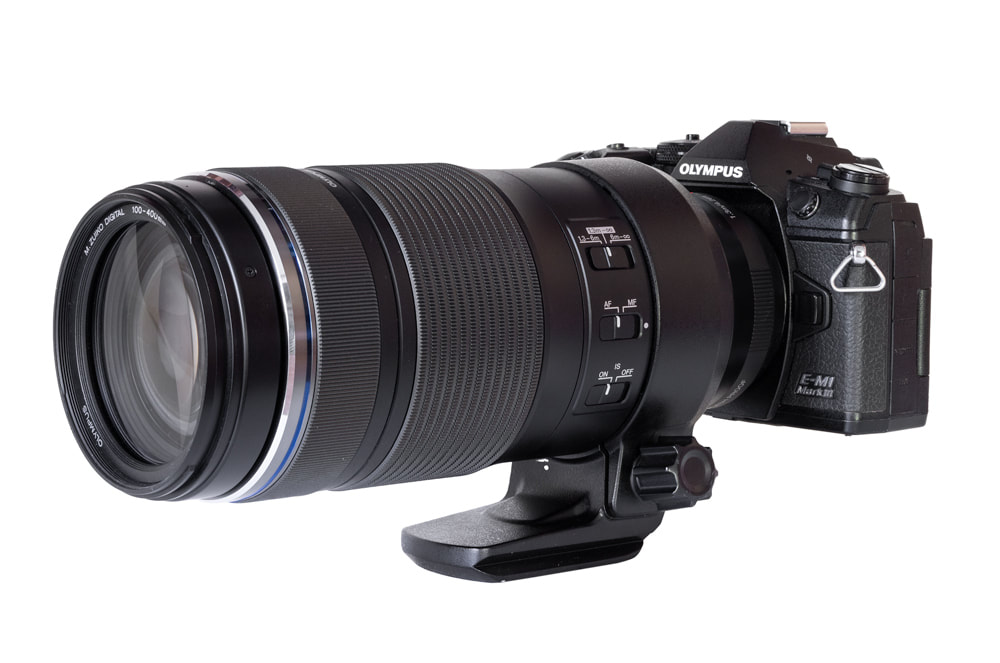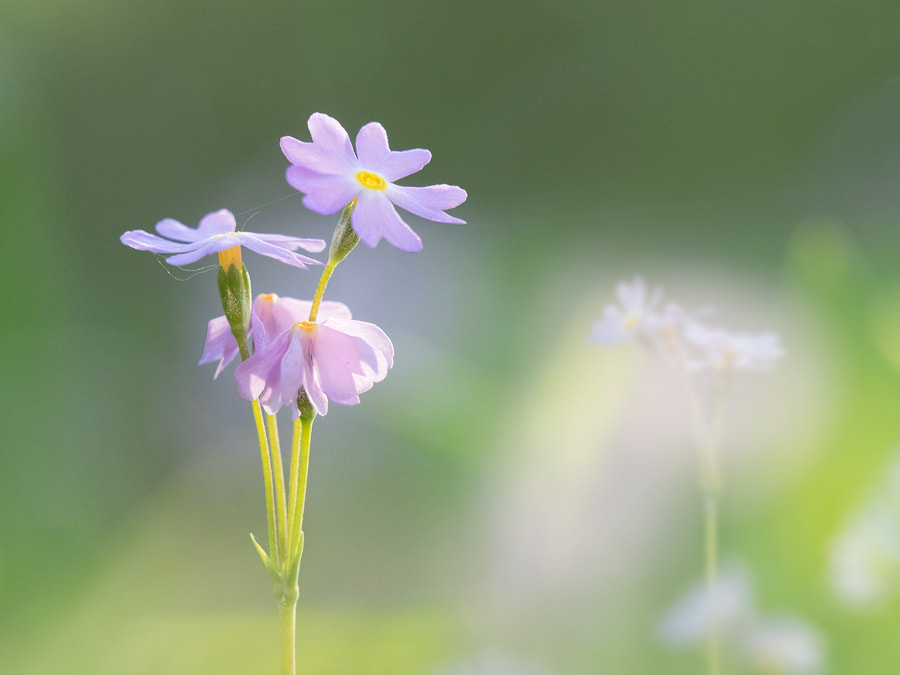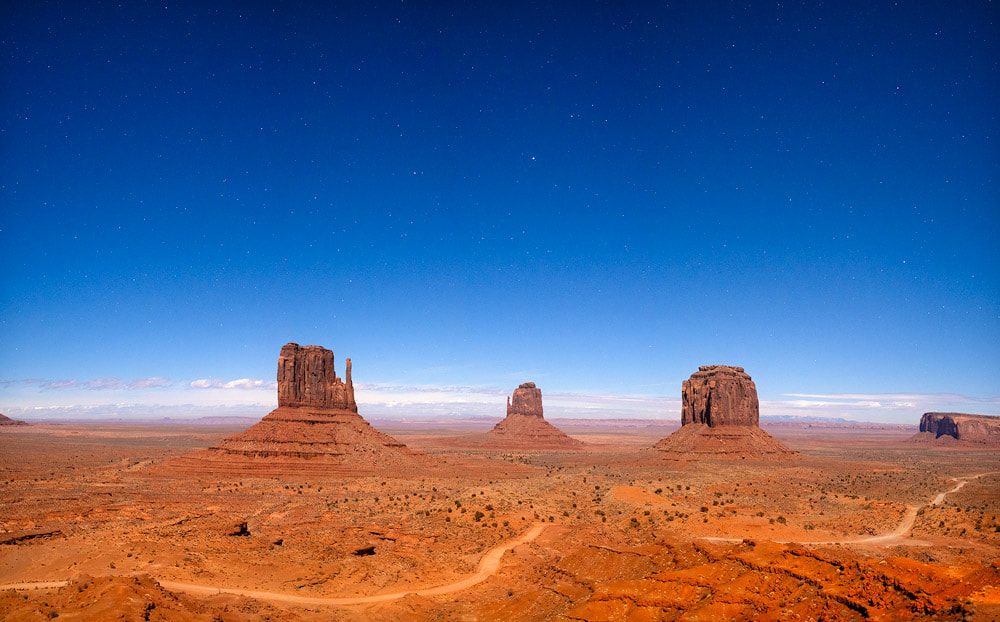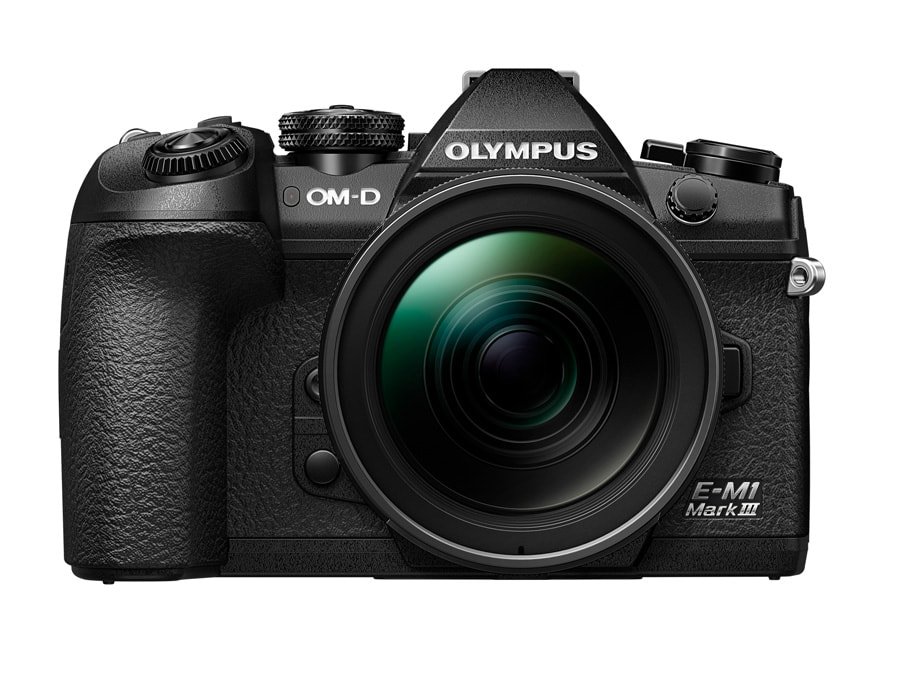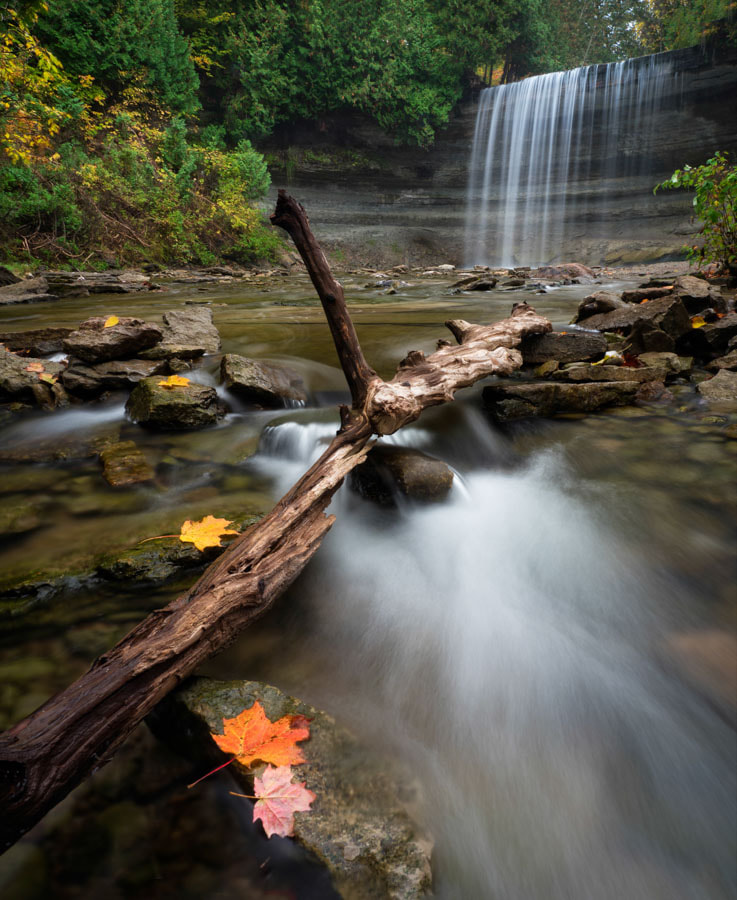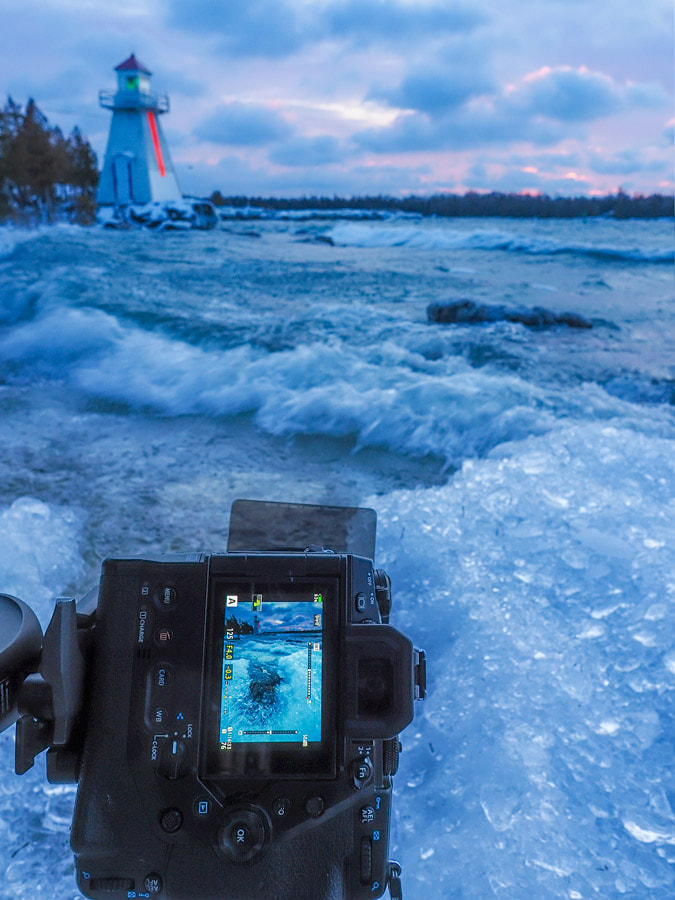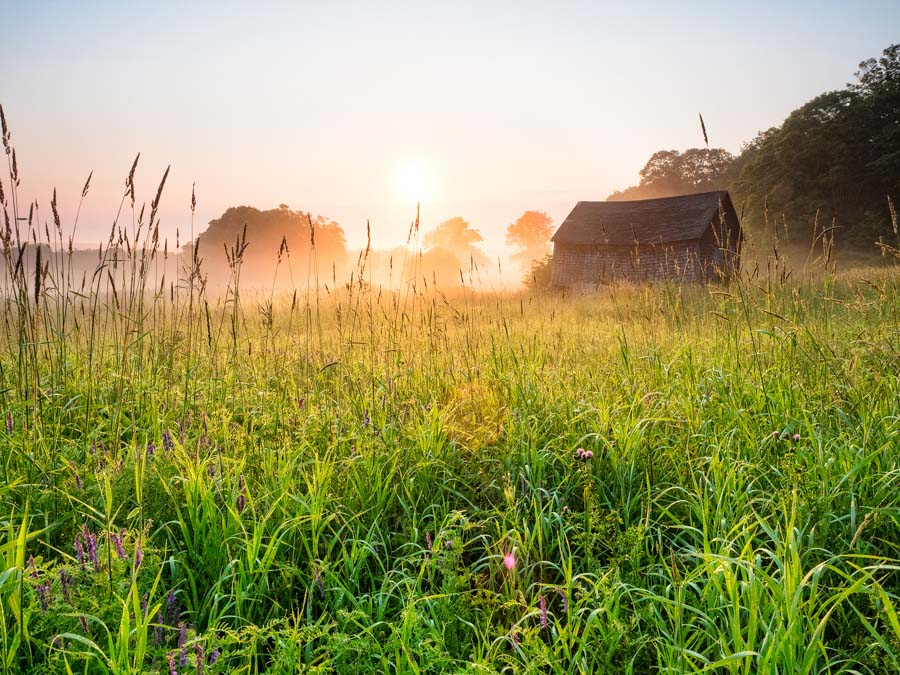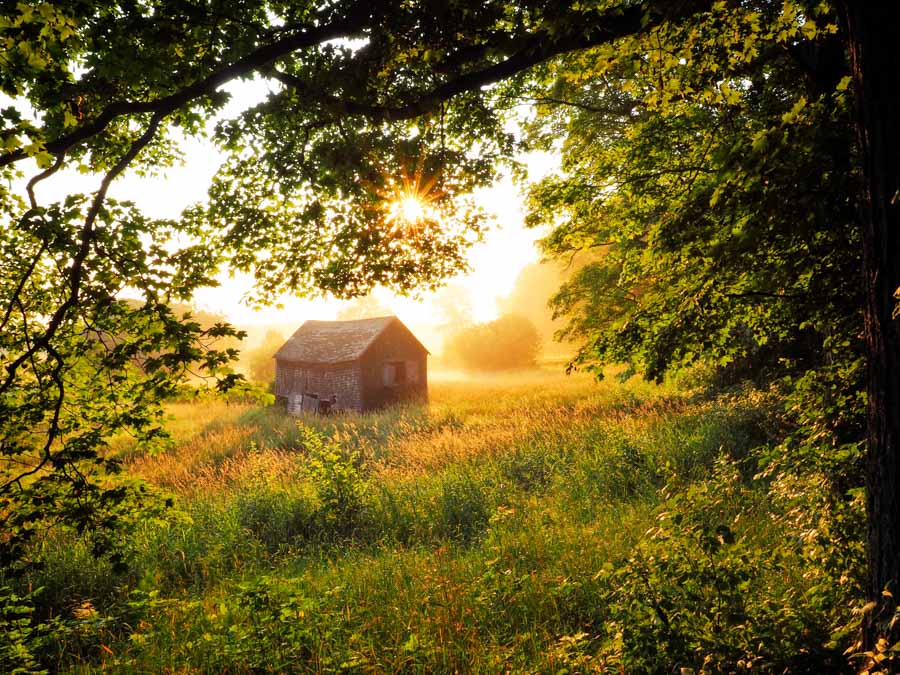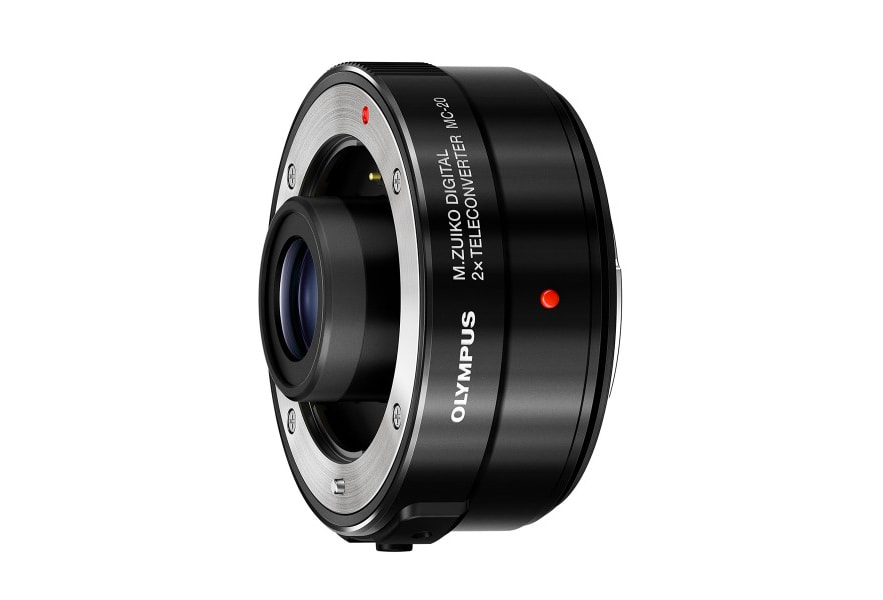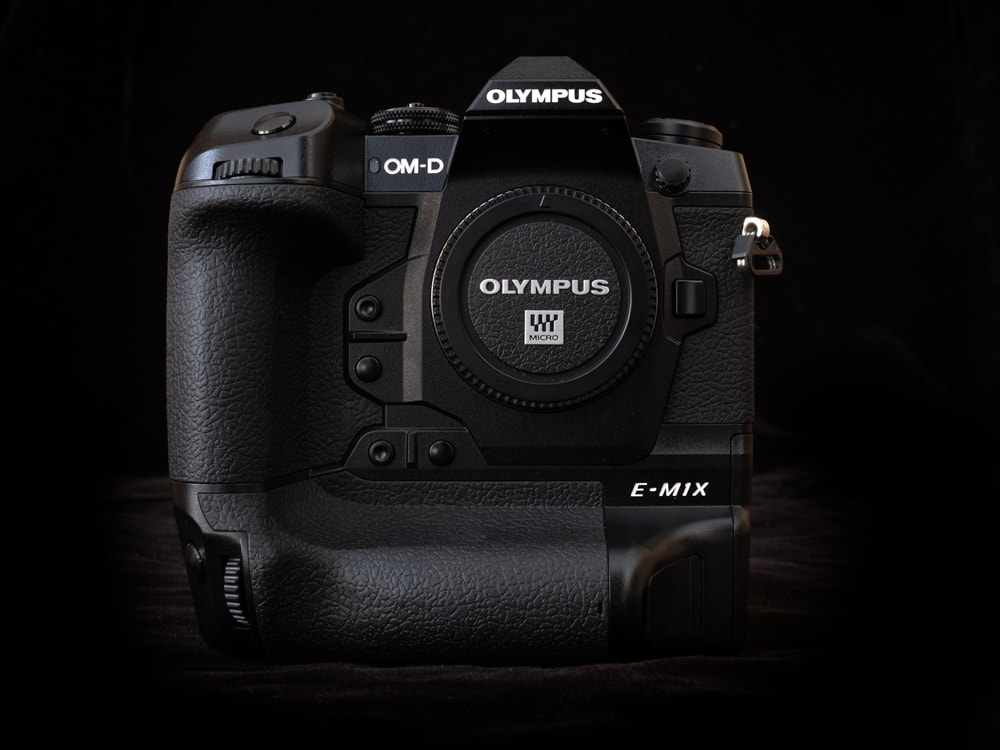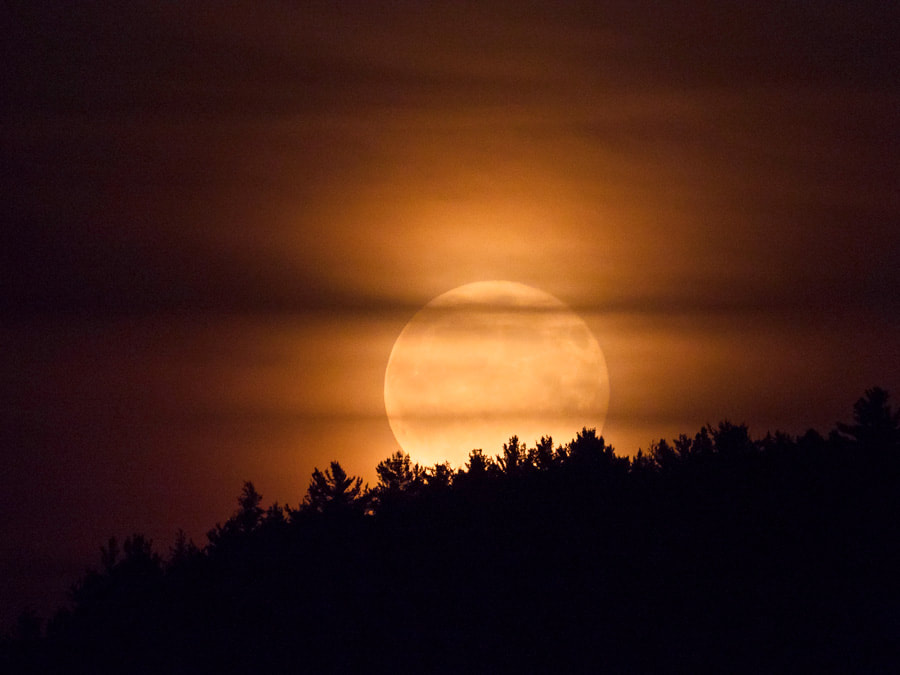|
Testing Out the Olympus 100-400mm 5.0-6.3 IS Lens F5.0-6.3 IS lens Disclosure: I am an Olympus Visionary and as such, receive compensation from Olympus America. However, no compensation was paid for this review. I endorse their products because I truly believe in the quality of their gear. "Hi Peter, I’m reaching out about an opportunity to be one of the first people to shoot with the new telephoto lens that’s coming out very soon." This was the start of an e-mail that I received from Olympus asking if I would be interested in testing out the new 100-400mm lens. Needless to say I was very interested! The timeline would be tight, but they could ship the lens 'overnight' and I would have it in a couple of days (overnight shipping is never 'overnight' when you live in northern Ontario). The problem was that I was heading to our cottage the next morning for a 10-day visit. Located on a very small island in a wilderness park, our cottage has been in the family for over 90 years. This was going to be my annual 'maintenance' trip - anything that old needs some regular TLC. I would have to rely on my wife to bring in the lens on the following weekend. This would give me only one full day to try out the lens in this beautiful spot before I had to head back home. Just one day to get some high quality shots? Oh, the pressure! Deep breath... I can do that! "You bet", was my response. "I would love to try out the new lens!"
26 Comments
Getting in Close from Far Away Okay, bring your camera in close... Closer... A bit closer... There! Perfect! When you want to get in real close to your subject, you are entering the realm of the macro photographer. Usually this means you need a specialized macro lens, one that allows for extremely close focusing distances and provides a reproduction ratio of at least 1:1. For some subjects this may be your only choice, for example, capturing the minute details of an insect. For situations like that I will grab my Olympus 60mm f/2.8 macro lens. But often I want to capture a great close-up of my subject, giving it the macro 'feel' without actually being all that close. That's when I put on a longer lens and turn to telephoto macros. A Stellar Innovation Astrophotography has become one of the fastest growing genres of photography. Today’s digital cameras and lenses are able to capture high quality night sky images like never before. And with more and more great images making their way onto social media, photographers who felt that this type of photography was beyond their skill set are now being inspired to get out and photograph in the dead of night. A few short years ago, I was one of those self-doubting photographers. Now I try to photograph the night sky whenever an opportunity presents itself. On a recent trip to Monument Valley, I wanted to photograph the ‘mittens’ under the light of a full moon. So, I got up at 3 a.m., walked a short distance from the hotel, set up my E-M1X with the 17mm f.1.2 lens and proceeded to create a 4-shot panorama. Light, Powerful and my New Favourite!Disclosure: I am an Olympus Visionary and as such, receive compensation from Olympus America. However, no compensation was paid for this review. I endorse their products because I truly believe in the quality of their gear. The Olympus line-up of cameras has grown again with the release of the E-M1 Mark III, and I am very excited about this new model. Its predecessor, the Mark II came out back in late 2016, so this is a long-awaited addition. Before I delve into any details about this camera I must state that this is not a formal review (I'll leave that to the websites that make that their business), but rather a first impressions write-up. And as usual, I'm going to explore the features of the Mark III from the perspective of a nature/landscape photographer. So let's have a look...
Using Focus Bracketing and Stacking in Landscape PhotographyFocus bracketing and stacking is often considered the purview of the macro photographer since macro lenses have notoriously shallow depths of field. It is used far less often by landscape photographers and that is unfortunate since it can allow you to present the scene in front of you in ways that you could never really see with the naked eye. It is a technique that I am using more and more often in my landscape work. When composing many of my landscape images, my goal is to draw the viewer into the photograph by having multiple subjects framed in such a way as to provide strong foreground and background elements. The image below is such an example. The main subject is the waterfall, while the leaves, log, and rushing water are secondary subjects that add interest to the shot and hopefully lead the eye toward the main subject. It was important to have sharp focus throughout the image so I positioned my camera about a meter from the foreground elements, focused about 1/3 of the way into the frame and used a relatively small aperture. This gave me the depth of field I needed. But what if I wanted to put my camera much closer to my foreground, let's say a few inches from the leaves. Would I still be able to achieve sharpness throughout the image? Nope! Not in a single shot, even when shooting at the smallest aperture. This is when I turn to focus bracketing and stacking. Using Natural Framing to Improve your CompositionsUsing a natural frame can dramatically improve your compositions, and it's a technique that I use quite often in my photography. While 'working a scene' I will try a variety of compositional techniques. I don't usually start by using a natural frame, but there are many cases where adding that frame improves the overall look that I'm trying to capture. Here is a case in point; It was a beautiful June morning with a bit of mist hanging in the air. I took the short drive from my home to a meadow with an old barn in it, thinking this would be the perfect location. It certainly had potential. For my first shot I created a simple composition - grasses in the foreground, the barn in the distance and the early morning sun illuminating the mist hanging over the field. Click! I looked at the LCD, and was far from impressed with the shot. How could I make the scene before me more interesting? I looked over my right shoulder, saw some large maple trees and thought, maybe I could use those trees to improve the composition. I took a quick walk to the edge of the forested hillside, found some branches that were nicely arching overhead and recomposed. Click! Now this image I liked! And it’s in large part due to the natural frame.
A Look at the MC-20 TeleconverterDisclosure: I am an Olympus Visionary and as such, receive compensation from Olympus America. However, no compensation was paid for this review. I endorse their products because I truly believe in the quality of their gear. As a person who loves photographing wildlife, one of the most important tools in my bag is my super-telephoto lens - the M.Zuiko 300mm f/4 PRO. This gives me an equivalent focal length of 600mm when compared to full frame. For many situations that can be ample reach. But there are certainly times where you want to extend that reach and really pull in your subject. That's when a good teleconverter can come in handy. Until recently there was only one option from Olympus, the MC-14, a 1.4x converter that would bring the focal length to 420mm. Over the past couple of years I have used that teleconverter countless times to extend my reach and have been very happy with it. But even with that, there are times when I want my "go go gadget arm" to reach even farther. Enter the new MC-20 2x teleconverter.
A Nature Photographer's PerspectiveDisclosure: I am an Olympus Visionary and as such, receive compensation from Olympus America. However, no compensation was paid for this review. I endorse their products because I truly believe in the quality of their gear. Every photographer looks at a new camera release and asks, "Does this new model come with significant improvements from what I currently own, and does it suit my style and budget?" With the announcement of Olympus' new flagship model, the E-M1X, I was curious as to how well it fit my style as a nature photographer who primarily shoots landscapes and wildlife. Although designed to meet the needs of almost any style of photographer I wanted to provide "a natural perspective".
Before I get into any details, I must provide an important qualifier. This is not a technical review. It is a 'first impressions' write-up with some supporting details and a lot of comparison to the E-M1 Mark II. I have a love-hate relationship with winter. I won't get into why I hate winter (too cold, short days, high heating bills, driving sucks... okay, so I got into it a bit). For photography however, I love winter. Once the autumn leaves hit the ground and everything looks dull and grey, I find myself dreaming of winter. There's nothing like a fresh blanket of snow to brighten up a landscape scene. And that same landscape can look quite different from day to day considering how variable the weather and lighting can be during the winter. Is winter photography really any different from that of other seasons? Yes, and no. The basics of landscape photograph apply regardless of the season, but my approach and preparedness can be different in the winter. Here are some tips that might help you improve your winter compositions;
One of the most common questions that I get as a photographer is how to properly shoot the moon. That question seems to pop up quite regularly - once per month in fact, when the moon is full. People love photographing the full moon, but once the event is over there seems to be far less interest in capturing our closest neighbour. I certainly understand this thinking. The full moon, especially when it is rising, can be an impressive (and somewhat challenging) subject to photograph. As a landscape photographer I am always looking for interesting ways to present a scene. And like most, I work primarily during the two bookends of the day - the golden hours. But, as someone who also enjoys astrophotography, I have discovered that I can extend my landscape opportunities by shooting under the light of the moon.
The following tips might help with your own 'after-hours' landscape photography. |
AuthorPeter Baumgarten is a professional photographer and educator. He is also an Olympus Visionary and NiSi Official Photographer. Categories
All
|
